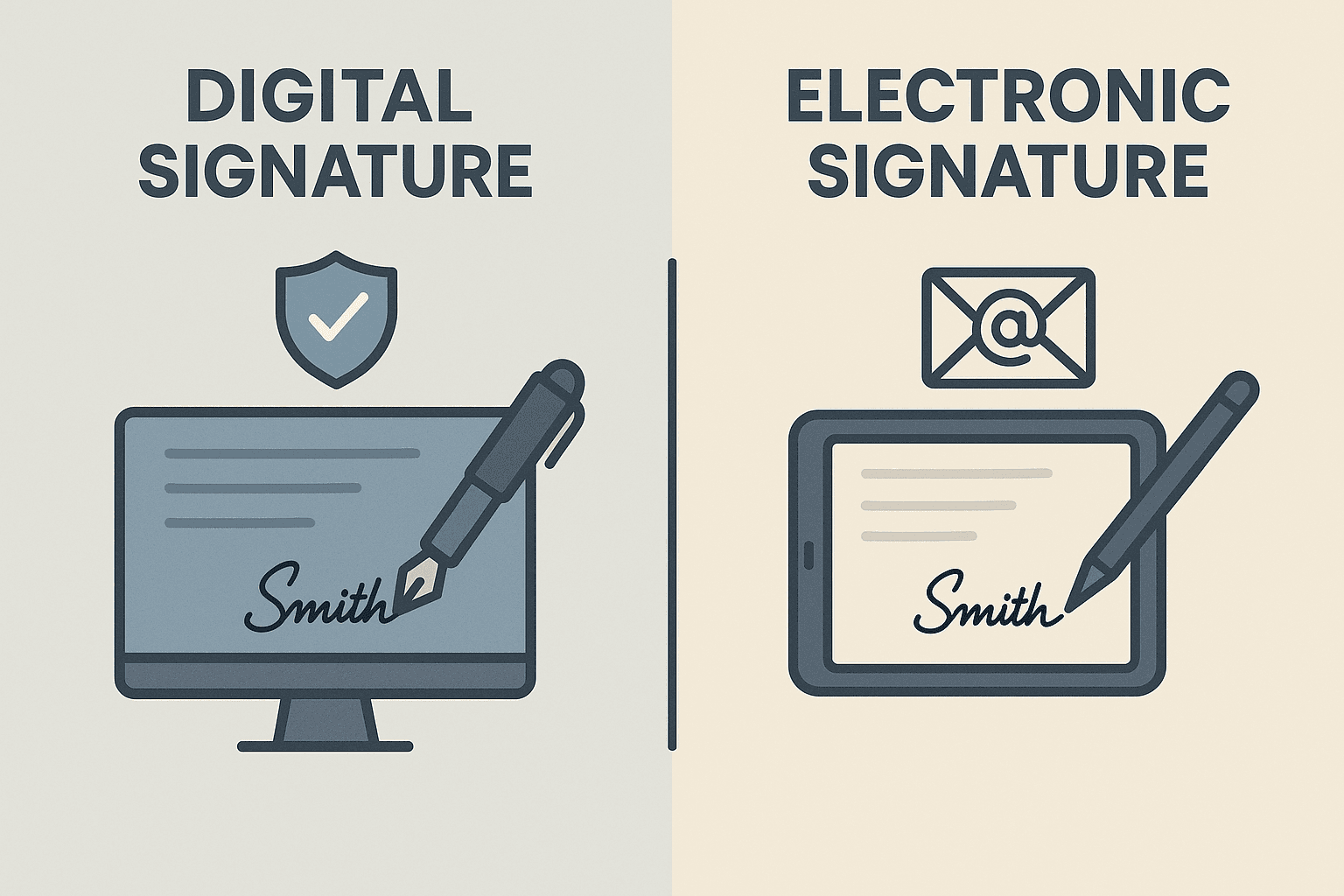WhatsApp or email with our sales team or get in touch with a business development professional in your region.
can digital signature be copied from one document to another





Can Digital Signature Be Copied from One Document to Another?
In an increasingly digital world, electronic and digital signatures have revolutionized the way we sign documents. They offer speed, security, and convenience—especially in regions like Hong Kong and Southeast Asia, where digital transformation is at full speed. Yet, a common question continues to arise: can digital signatures be copied from one document to another?
At first glance, this might seem like a straightforward technical possibility, akin to copying and pasting images or text. However, the true answer is far from simple. In this in-depth guide, we’ll explore whether digital signatures can be copied, how digital signature technology works, and what regional laws—including those in Hong Kong and ASEAN countries—say about it.
Understanding Digital Signatures
Before tackling the main question, it’s important to distinguish between electronic signatures and digital signatures. While both terms are often used interchangeably, they’re not the same.
- Electronic Signature is a broad term that refers to any electronic method of indicating agreement, such as typing a name or clicking an “I agree” button.
- Digital Signature, on the other hand, refers to a specific type of electronic signature that utilizes cryptographic techniques to verify the authenticity of the signer and ensure document integrity.
Therefore, a digital signature is not merely a visual image—it’s data encrypted and bound to a document via a private key and verified with a public key.

Can a Digital Signature Be Copied?
Technically, the visible image of a signature can be copied. Someone could take a screenshot or export the image and paste it into another document. However, this does not mean the digital signature itself—which includes cryptographic verification—has been copied.
Digital signatures are securely bound to their original document through a unique hash function. If the document is altered or duplicated, the hash changes, and the signature becomes invalid. A valid digital signature must:
- Verify the identity of the signer.
- Confirm the document was not altered after signing.
- Link the signature to the document in a tamper-evident way.
Therefore, while one can visually duplicate a “signature” image, the actual, legally-binding digital signature cannot be transferred or reused on a different document.

Regional Legal Implications: Hong Kong and Southeast Asia
Hong Kong’s Legal Framework
In Hong Kong, the Electronic Transactions Ordinance (Cap. 553) governs the use of digital signatures. It expressly states that a signature must be:
- Unique to the signer,
- Under the sole control of the signer,
- Capable of identifying the signer,
- Linked to the data so that any change is detectable.
Copying a digital signature image from one document to another fails these legal requirements. Thus, such a copied signature would not hold up legally in Hong Kong.
Southeast Asia: A Patchwork of Regulations
Different Southeast Asian countries have their own electronic transaction laws, often inspired by the UNCITRAL Model Law. For instance:
- Singapore: Follows the Electronic Transactions Act, which mandates secure methods for electronic signatures.
- Malaysia: Uses the Digital Signature Act 1997, requiring licensed certification authorities.
- Indonesia: Recognizes certified digital signatures as legally valid under Government Regulation No. 71 of 2019.
In all these jurisdictions, the legality of a signature heavily depends on its verifiability and integrity—further emphasizing that a copied signature image is not sufficient.

Risks of Attempting to Copy Signatures
Anyone attempting to copy a digital signature for malicious purposes risks breaching both cybersecurity protocols and local law. Digital signature platforms have built-in security measures to detect tampering or duplicate use, which include:
- Cryptographic timestamping
- Certificate chain validation
- IP logging and signer identification
- Tamper-evident audit trails
Once a digital signature is altered or misused, these systems immediately flag the inconsistencies.
Additionally, violating electronic signature mandates in jurisdictions like Hong Kong or Singapore may result in civil or even criminal penalties. Businesses must ensure that their document signing practices conform with local compliance requirements.
How Do Digital Signature Platforms Prevent Copying?
Platforms like Adobe Sign, DocuSign, and eSignGlobal use advanced cryptographic algorithms such as RSA or ECDSA, ensuring that each signature is:
- Non-transferable: Tied specifically to the signer’s unique private key.
- Document-integrated: Bound to the specific content of the signed document.
- Legally verified: Compliant with local e-signature laws through certification authorities.
This guarantees that even if someone were to lift the image of a signature, the platform will reject it as invalid due to missing metadata and cryptographic proof.

Best Practices to Avoid Signature Tampering
To avoid the risk of signature misuse or legal complications, consider the following best practices:
- Use Verified Platforms: Choose platforms that are recognized for their compliance with local and international digital signature laws.
- Educate Users: Ensure that employees and stakeholders understand the legal distinctions between electronic and digital signatures.
- Audit and Monitor: Regularly audit your signed documents and track them with secure audit trails.
- Leverage Multi-Factor Authentication: Strengthen signer verification through OTPs, biometric scans, or two-step verification.
Conclusion: Can You Copy a Digital Signature?
In short—no. While someone might technically copy the visual image of a signature, a genuine digital signature is defined by its cryptographic authenticity. It is uniquely tied to a specific document and signer, and any attempt to copy it alone would break its validity and legal enforceability.
Trying to duplicate a digital signature could lead to serious cybersecurity issues and legal violations, especially under local laws such as Hong Kong’s Electronic Transactions Ordinance. As digital transformation continues to reshape business landscapes in Hong Kong and Southeast Asia, it’s more important than ever to ensure legal and secure implementation of digital signing technologies.
For Hong Kong & Southeast Asia Users: Your Regional-Compliant Solution
If you are a business or individual in Hong Kong or Southeast Asia seeking a legally compliant, secure, and easy-to-use digital signature solution, consider alternatives like Docusign, or regionally compliant platforms like eSignGlobal—designed to align with local electronic transaction laws and provide cutting-edge cryptographic signing infrastructure.


Shunfang
Head of Product Management at eSignGlobal, a seasoned leader with extensive international experience in the e-signature industry.
Follow me on LinkedIn
Get legally-binding eSignatures now!
30 days free fully feature trial
Business Email
Get Started
 Only business email allowed
Only business email allowed
Latest Articles
What documents still require a physical Hanko in Japan?
Does using electronic signatures save revenue stamp tax (Shunyuzei) in Japan?
Is it legal to use cloud-based signatures instead of Hanko in Japan?
How to collect legally binding signatures from employees in China?
What are the requirements for an electronic invoice (e-Fapiao) signature?
How to automate sales contracts for a manufacturing business in China?
Can I use WeChat to legally sign a loan agreement?
How to verify if a Chinese electronic contract has been tampered with?


